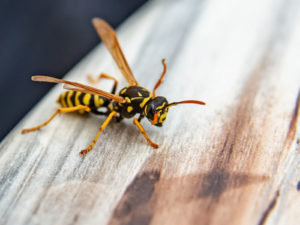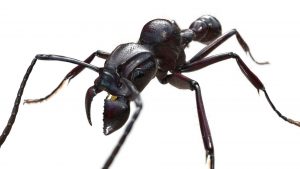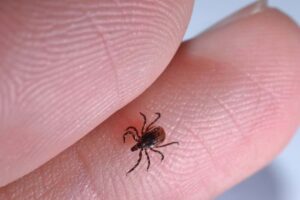How to get rid of ants and stave off future infestations
Considered one of the most common nuisance pests in America and known for crashing backyard BBQs, ants can show up in overwhelming numbers during the summer. Although these pests rarely transmit diseases, they can be difficult to get rid of and can easily take over living spaces, especially areas where food or moisture are present such as kitchens and bathrooms. During the summer, these intruders can run rampant throughout the home as they search for food and shelter.
Although homeowners are familiar with ants, some may not know that there are several common species capable of infiltrating and taking over households. With more than 700 species living in the U.S., it is crucial to know which one you’re dealing with in order to properly get rid of these common summer ants.

Carpenter Ants
These ants get their name from their ability to excavate wood and form smooth tunnels throughout structures. Carpenter ants do not eat the wood, they only tunnel and chew through it to build their nests. These species pose a threat to households because of the structural damage their nest building can cause. Additionally, carpenter ants have powerful jaws and can bite. A western black carpenter ant colony, when mature, can contain between 10,000 to 20,000 workers, with larger colonies containing over 50,000 individuals.

Odorous House Ants
When crushed, you’ll likely be able to smell this ant due to the strong, rotten coconut-like scent it gives off. Odorous house ants are determined pests and will use branches or plants outside of your home to climb inside. Once indoors, they will nest near moisture sources and inside wood damaged by termites. Odorous house ants like to eat sweets, such as honeydew, and are capable of contaminating food. Click the link above to learn how to get rid of these summertime ants.
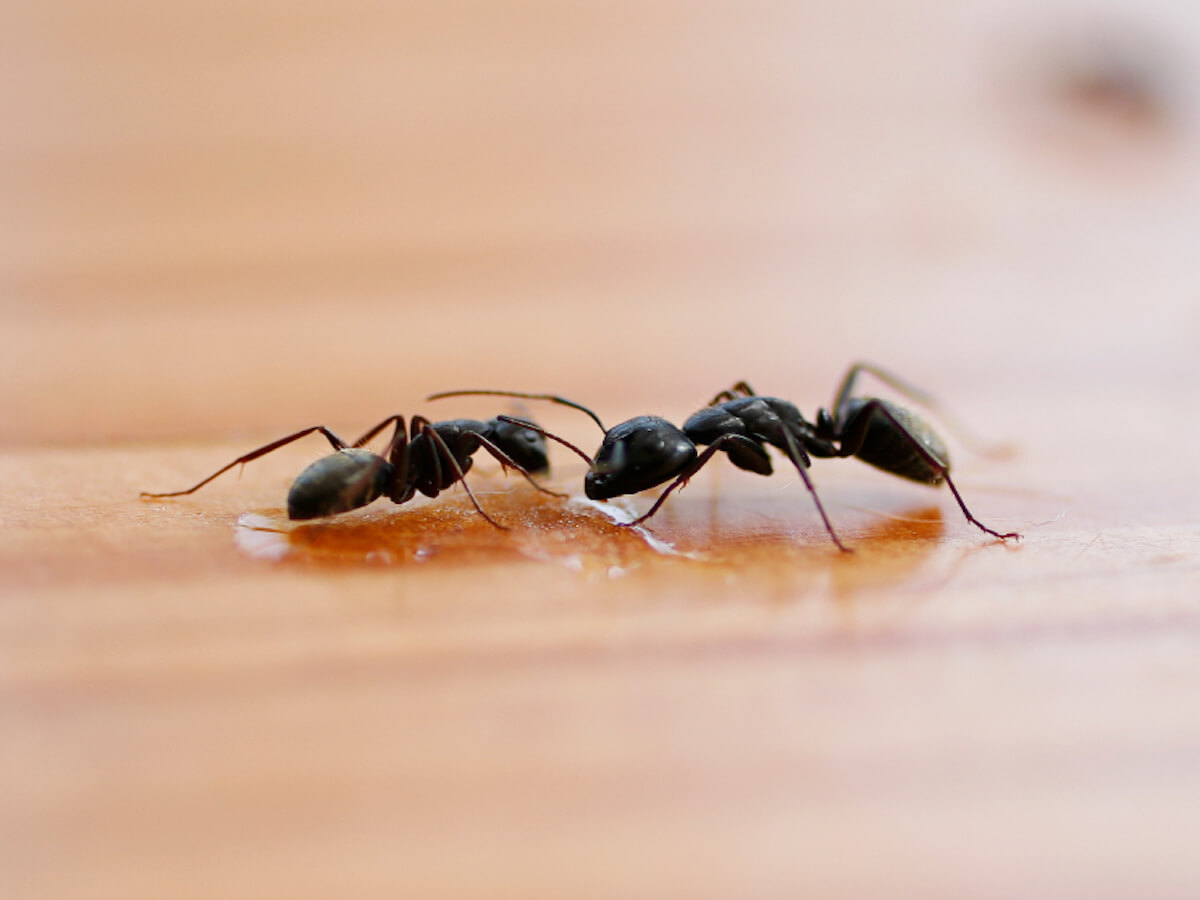
Little Black Ants
Little black ants, named for their appearance, are scavengers that will feed on a variety of sugary or fatty foods including candy, fruit, grease, oil, and meats. Because of their small size, their nests tend to also be small and therefore difficult to locate. Indoors, they typically nest in wall voids and decaying wood. These ants have stingers, but they are too small and weak to pose any health threat.

Pavement Ants
Pavement ants are known for making nests in or under pavement cracks. These ants will eat anything, including bread, meats and cheese, and are willing to forage in trails for up to 30 feet to find food. Pavement ants are found in ground-level masonry walls but can also nest in insulation and underneath floors.
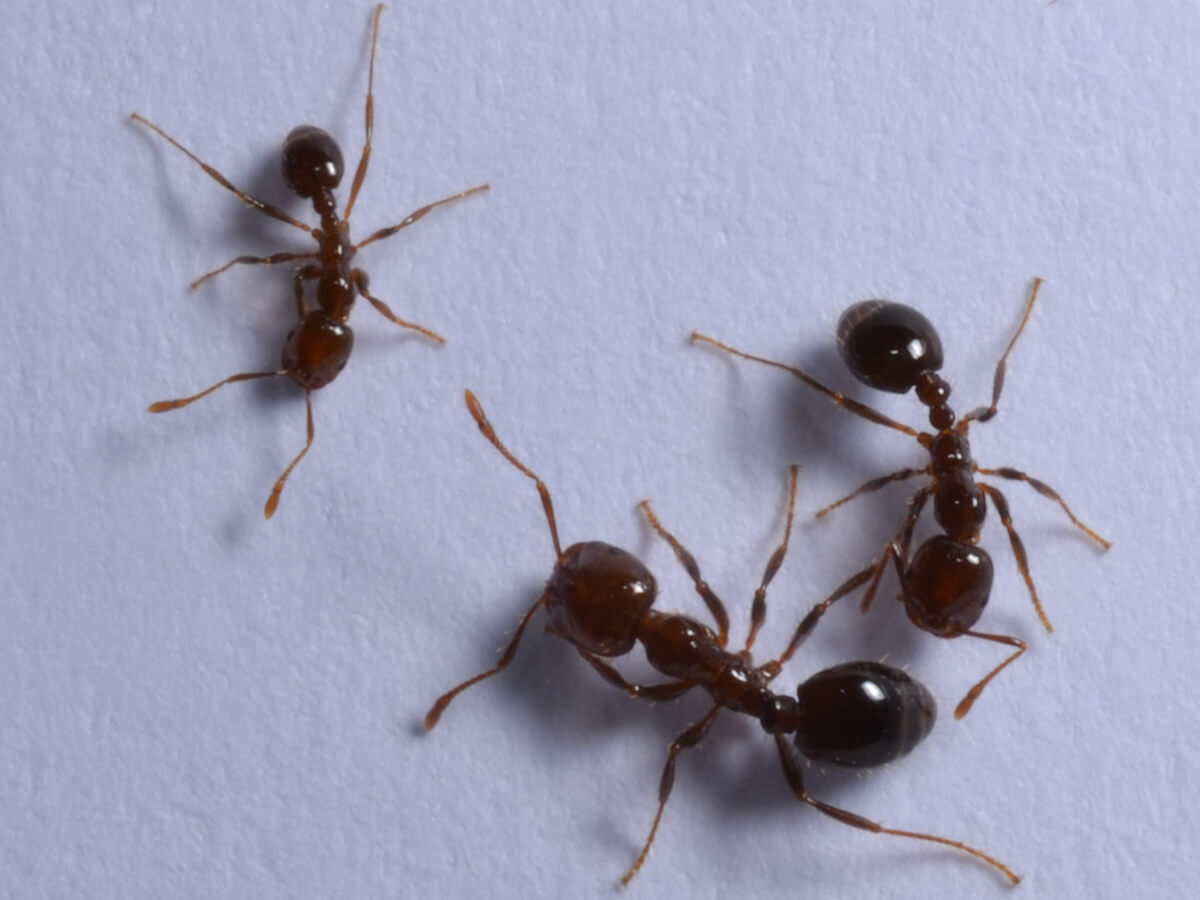
Red Imported Fire Ants
Red imported fire ants, commonly found in the southern United States, get their name for their ability to inflict painful bites and stings. These invasive ants usually nest in the soil near structural foundations and can gain access to buildings via any crack or crevice that leads indoors. Red imported fire ants will sting people when disturbed, causing a raised welt that becomes a white pustule. Because of this, we recommend hiring a pest control professional to get rid of these summertime ants.
To get rid of summer ants, follow these prevention tips:
- Eliminate Nesting Sites: Successful long-term ant management begins with preventing ants from breeding in or around your home. Remove any materials such as excess vegetation, old landscape material, and yard debris that may serve as a nesting or breeding site for these unwanted invaders.
- Eliminate Water Sources: Reducing moisture and standing water around your home can go a long way to help prevent ants. Repair leaky pipes and routinely check under sinks for areas of moisture. Consider using a dehumidifier in damp basements, crawl spaces and attics.
- Remove Food Sources: Keeping your kitchen tidy will help to discourage ants from coming indoors. Wipe down counters and sweep floors regularly to eliminate crumbs and residue from spills. Store food in sealed pest-proof containers and keep ripe fruit in the refrigerator. Wipe down sticky jars, especially those containing honey, syrup, soda or other sweets. Finally, use a lid on trashcans and dispose of garbage regularly.
- Eliminate Access Points: Take time to inspect the outside of your home for easy access points. Trees and bushes should be trimmed away from the home, as branches can provide highways indoors for ants. Seal any cracks and crevices on the outside of the home with silicone caulk, paying special attention to areas where utility pipes enter. Remember that ants can fit through even the tiniest openings.
Ant invasions can be prevented if homeowners take the proper precautions. If you suspect or discover an infestation, contact us to develop and implement an effective plan.

